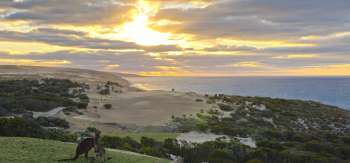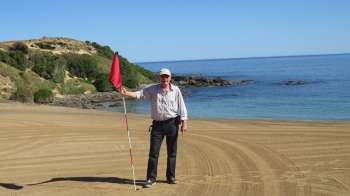Old Course at St Andrews – The Martin Hawtree Modifications
While the most controversial changes proposed at St Andrews by architect Martin Hawtree are likely to be those to the 11th and 17th holes, there are others suggested that we are equally concerned about. Here is a snapshot of what's proposed:
Hole 2.
As the image below highlights, the 2nd has one of the coolest putting surfaces in all of golf. The contours are natural, and Peter Dawson is correct that good players missing right pins on the right hand side have a relatively simple recovery shot.

As I see it Dawson had two options here.
Option 1 - get Martin Hawtree to re-contour the area to increase difficulty. This is the same Martin Hawtree responsible for the recontouring of the 5th fairway at Kooyonga in South Australia.
Option 2 - don’t pin the right hand side of the green during the Open Championship.
The 2nd on the Old Course is one of the best greens in golf, and it won’t be the same after this work is done. It just won’t. The beauty of the putting contours, is how outrageously heaving they are through the middle and then how soft and subtle they progressively become on the right.
Hole 3.
A new bunker will be built into the neat little bank on the right hand side of the fairway, as show in the picture below.
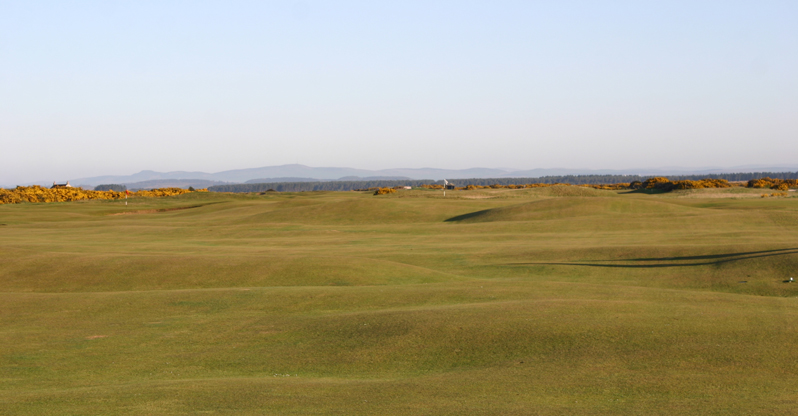
Missing left on the 3rd green at St Andrews is not an option, and what this mound obscures are the beautiful undulations on the right that complicate the recovery shot for those who instinctively bail on that side. Professionals have better short games than the rest of us, and the bunker will probably stop them bombing down the right with impunity but only serve to narrow an approach area that for average golfers is perfectly broad and strategic.
Hole 4
In the R & As own words, an ‘acute spur formation on the left hand side of the fairway will be reduced and the bunker on the right hand side of the green will be moved closer to its edge. The ground to the back right of the green will be recontoured.’
The acute spur formation in question is seen below, obscuring the view of the green for those hitting directly down the middle of the fairway.
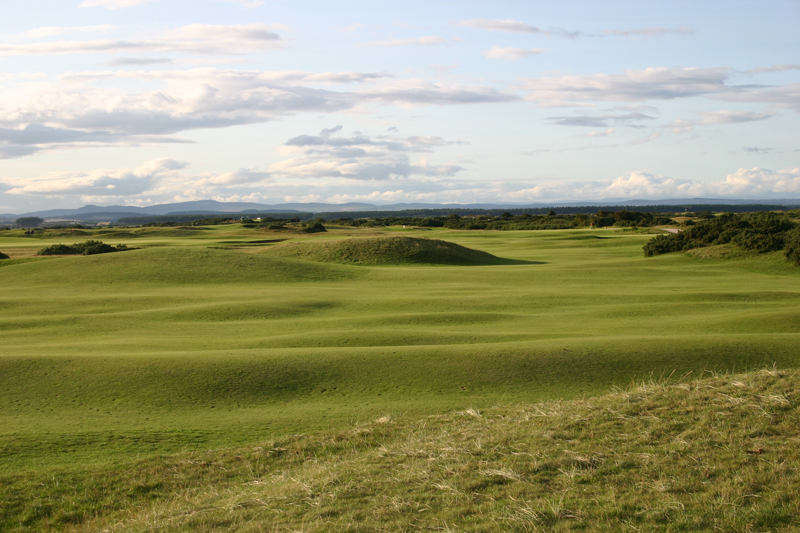
Its reduction flies in the face of 600 years of tradition, that has forced St Andrews golfers to tack around, over or through the natural features placed in front of them. Dr. Alister MacKenzie himself highlighted the charms of the 4th hole in his seminal book, ‘the Spirit of St Andrews.’ MacKenzie noted that he always thought a right side drive here was ideal, but that legendary British golfer Joyce Wethered played left of the acute spur formation to enable herself to get to left pins by feeding her ball off a small ‘abrupt hillock’ in front of the green.
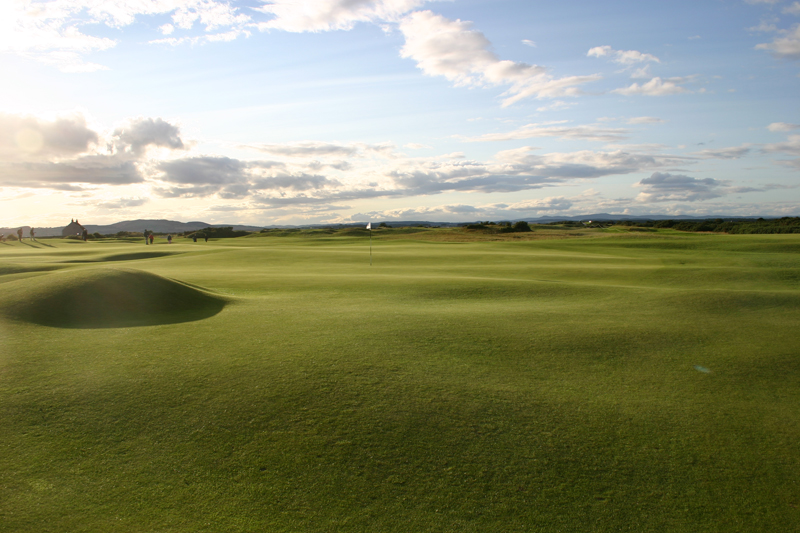
The picture above shows that very hillock as well as the ground upon which the new greenside bunker will be built. Instead of using lovely natural features to get near pins, as they have done for centuries, St Andrews golfers will now have to start avoiding them.
Hole 7
A large depression in the landing area of the 7th fairway is presently being filled in and replaced by a slight mound. As the image below proves, the sunken area does gather balls and leave divots but there is ample room all around it and those who end in here and think they deserve a perfect lie do not understand golf, let alone St Andrews. Even the most artistic and skillful ground manipulators cannot create hollows like this one.
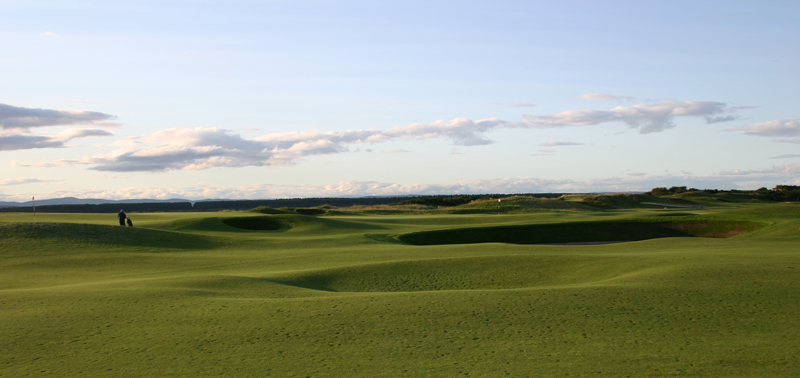
To add insult to injury Hawtree will also remodel the green surrounds and add undulations to the right hand side. That would be the green the 7th shares with the 11th hole – yes one of the most loved and treasured in all of golf.
Hole 9
The 9th hole at St Andrews isn’t anyone’s favourite, and struggles to challenge the good players. The green and approach are the flattest and least interesting on the course, see below.
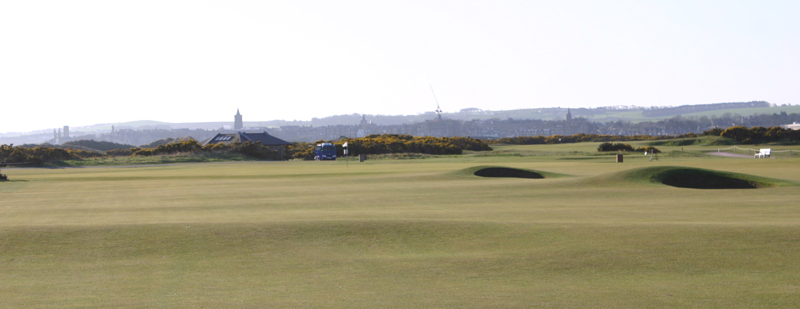
Ordinarily adding a bunker short and left of the green as proposed would probably have escaped scrutiny, but these are not ordinary times. The question needs to be asked, do we really want Martin Hawtree building bunkers on the Old Course and will every hole eventually have bunkers on both sides of the green?
Hole 11.
Dr. MacKenzie described the 11th at St Andrews as one of the world’s ‘ideal holes’ saying that no hole has been copied more frequently, but that none of the replicas has ‘the charm, the interest, or the thrills of the original.’
Astutely, he adds that ‘there are few, if any, architects who have the courage to give the same marked tilt to the green, being much too afraid of hostile criticism.’
What MacKenzie didn’t bank on, was an architect having the courage (!) to change what has been part of our golfing folklore for longer than any of us can really appreciate.
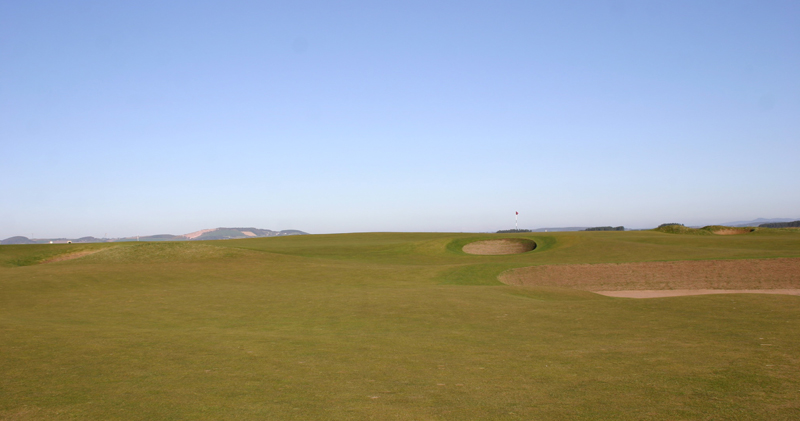
The elevation left of the flag on the image above is being softened for the sake of a pin position, a position that has existed for centuries but is apparently now too steep for the modern professional.
Hole 17.
Volumes have been written on the Road Hole, and one suspects that in future year’s volumes will be written on the desecration of this golfing monument.
With the explicit approval of Peter Dawson of the Royal & Ancient Golf Club of St Andrews, Martin Hawtree is enlarging the Road Hole bunker by half a metre and re-contouring the front of the green so that it rejects more balls down into the sand.
Pictured below – the coolest, nastiest and most unique green site in the world.
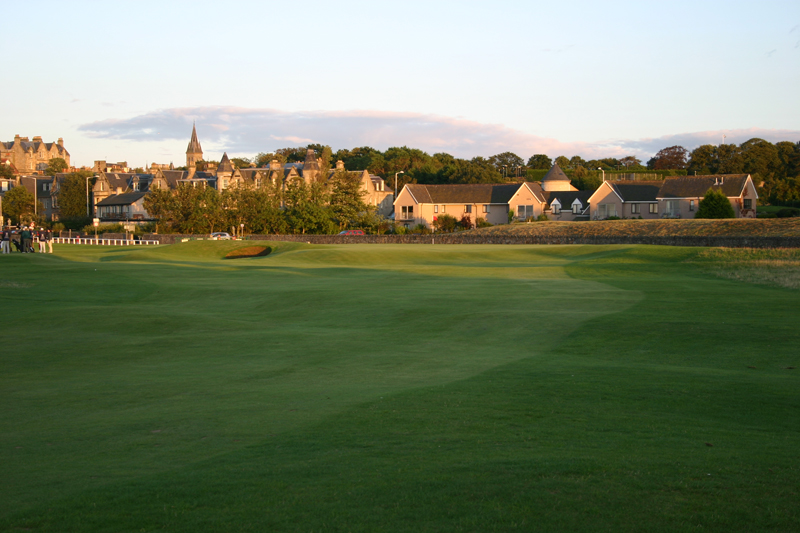
This is the most difficult two-shot test that amateur golfers will ever face, and even Tiger Woods thinks that it’s already plenty tough enough. What concerns me, however, is that by effectively increasing the penal area in front of the green, the architect is likely to make the safer, less exciting lay-back option more obviously attractive.
Why would any amateur golfer playing with a scorecard and pencil try to attack an even tighter green than we have today. We cannot afford to lose the lure of that heroic, career approach shot. Hawtree doesn’t play golf, and may not fully understand the implications of what he has proposed here.
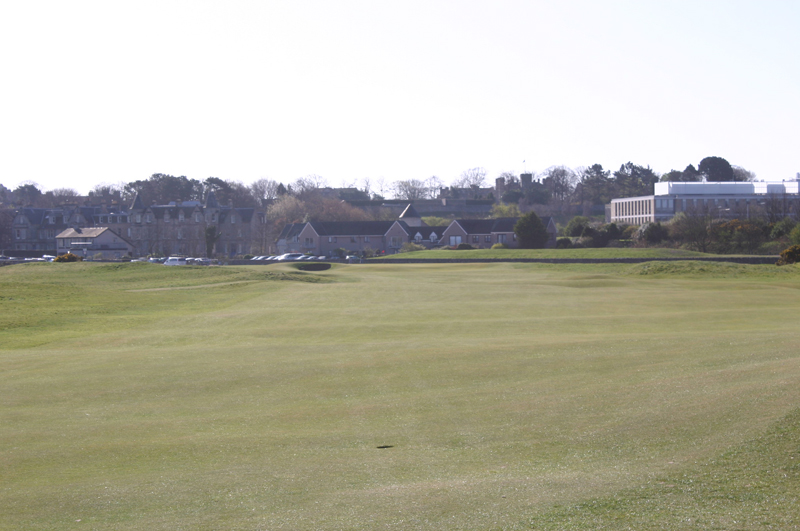
Pic above, the 17th green from distance. Bailing short right is set to become even more appealing.
There are more modifications proposed than analyzed here, and one suspects that had these changes not prompted such global outrage perhaps even more slated for the years ahead. The Royal & Ancient have clearly lost control of golf, and the fact that after adding hundreds of yards to The Old Course over the years they feel the need to further stiffen its defences proves beyond doubt that they have been asleep at the wheel where technology is concerned.
As the work proposed has already begun, the best outcome that true custodians of our game can hope for here is to prevent further desecration and to somehow convince both Peter Dawson and Martin Hawtree to retire sooner rather than later. No matter how successful the 2015 Open Championship is, we will not forget what they have done to The Old Course. And we cannot forgive.
Back to News
More News
The Cliffs Kangaroo Island Announces Preview Play in early 2026
Major milestone for stunning new destination course with preview play available from January 2026
Who Really Designed Cape Wickham Links?
AGD ranks Cape Wickham #1 in Australia & interviews Duncan Andrews to get full story on course design
Cape Wickham Links – The Inside Design Story
Co-designer Darius Oliver reveals the truth behind the design of Australia’s premier modern golf course
2025 Karrie Webb Series scholars announced
Two young golfers set to follow in the footsteps of some of Australia's best golfers after winning 2025 scholarships

